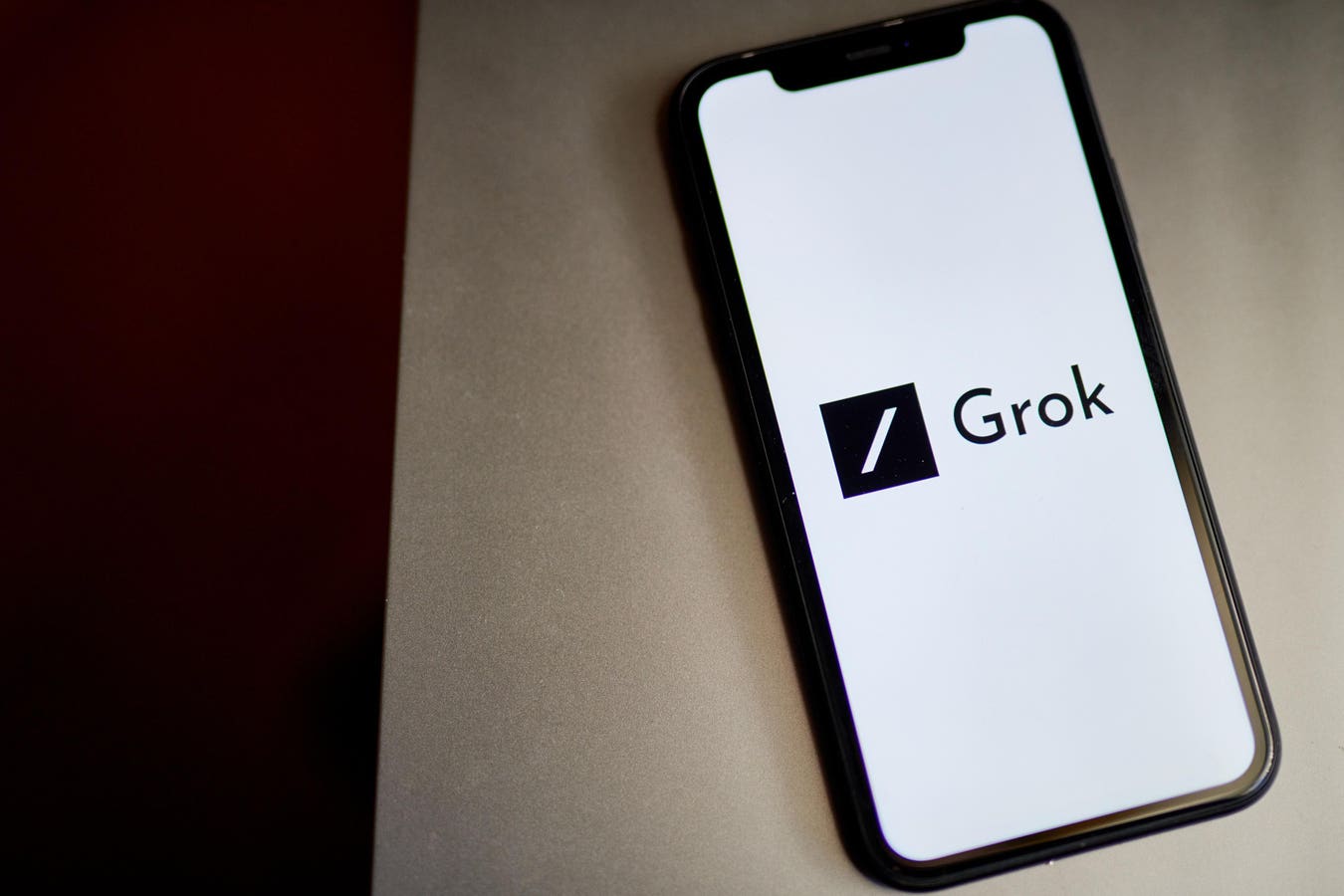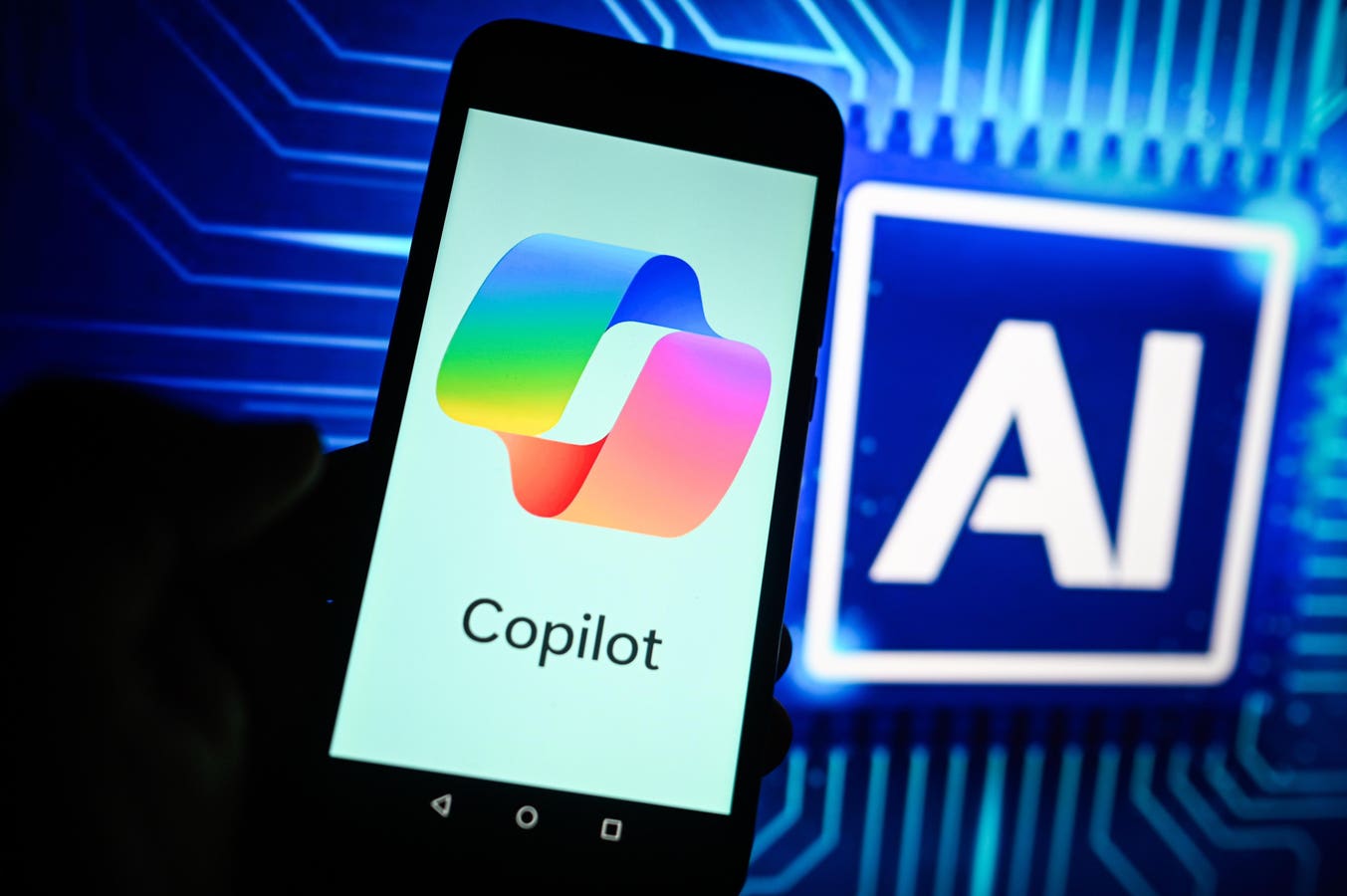Artificial Intelligence
Faced with unprecedented volatility, Chief Marketing Officers face a paradoxical challenge: deliver breakthrough campaigns with fewer resources than ever before – and do it with AI. The mandate to “do more with less” has exploded AI experimentation, and it’s emerging not merely as a stopgap solution, but as a transformative force that’s fundamentally changed what it means to be a marketer. According to recent research from the global consumer research platform, GWI, 60% of consumers are excited for the further development of AI tools. AI-powered marketing isn’t just heading towards an internal shift, but one that audiences are ready for as well.
The New Creative Equilibrium: Data-Backed Boldness
Today’s marketing landscape demands differentiation, but traditional approaches to creative development often fall victim to risk aversion. Without concrete data to support unconventional ideas, marketing executives often default to the path of least resistance: safe, banal, predictable campaigns. This is precisely where AI is most useful.
“AI’s most powerful role in marketing is supporting creative bravery,” explains Mark Himmelsbach, Co-founder and CEO of RYA. “Intelligence supporting creative directions that might otherwise be dismissed as too experimental or untested.”
This shift is about equipping creative leaders with the evidence to move forward quickly. When a bold creative concept is backed by real world data indicating high potential resonance with target segments, CMOs gain the confidence to green-light approaches that break from convention.
Real-World Applications: From Financial Services to Retail
Financial services firm Invesco QQQ’s “Recipe for Innovation” campaign exemplifies this shift toward data-backed creative courage. The campaign was built on a demonstrated link between Invesco’s customers and an affinity for celebrity chefs and cooking.
By leveraging AI analysis of audience proprietary survey and behavioral data, Invesco QQQ discovered an unexpectedly strong overlap between their target investors and culinary enthusiasts; affluent investors are 55% more likely to be passionate about celebrity chefs and fine dining. This data-backed insight gave the marketing team confidence to pursue the creative direction, resulting in lifts in awareness and consideration of Invesco QQQ ETF YOY.
Similarly, Charles Schwab’s recent campaigns have tapped into passion points that go far beyond typical financial conversation. In partnership with the creative agency, Episode Four, RYA revealed surprising insights that led to more meaningful brand connections. By identifying unexpected behavioral patterns about Schwab’s target audience, RYA helped the team move beyond the traditional playbook and into fresh creative territory. This included building a custom classic car for the PGA Tour Charles Schwab Challenge winner; an idea that conventional analysis alone would never have surfaced.
The Evolving CMO Skill Set: Technical Fluency Meets Creative Vision
This shift demands new competencies from marketing leaders. Tomorrow’s successful CMOs will blend strategic thinking with creative storytelling and technical literacy: a combination previously rare in marketing leadership.
“The smartest CMOs I know aren’t just optimizing outcomes, they’re optimizing inputs,” says Himmelsbach. “They want to know: Which ideas will move people? What tension are we resolving? How do we know this will land?”
The role of the CMO is expanding. Strategic storytelling remains essential, but it now hinges on a working fluency in how data is collected, modeled, and interpreted. Marketing leaders don’t need to be technologists, but they do need to ask sharper questions – about how insights are generated, what they reveal, and where their limitations lie. This analytical fluency is becoming just as critical as creative instinct. Without it, CMOs risk green-lighting work that feels right but falls flat or dismissing the ideas that could set their brand apart.
From Optimization Tool to Innovation Driver
Perhaps most significantly, AI is fundamentally changing how marketing decisions are made. Instead of treating data as something that arrives after a campaign is over, CMOs are using AI to shape the creative process from the start. Campaign concepts are evaluated not just on brand fit or creative appeal, but also on their empirical resonance with real-world audiences.
This evolution represents the fulfillment of data’s creative potential. While data has always been available to marketers, AI’s ability to process information on an unprecedented scale and identify non-obvious patterns allows for creative applications that were previously impossible. According to a recent Prosper Insights & Analytics survey, over 25% of people in the U.S. ages 18 and over use at least one form of generative AI such as ChatGPT, Bard, or Copilot, to support tasks on a regular basis – signaling how quickly AI tools are becoming a part of mainstream behavior.
Prosper – Heard of Generative AI
The result is a new breed of marketing initiatives that balance creative intuition with empirical validation, allowing executives to identify the precise line between boldness and recklessness.
The Rise of Radical Relevance
Armed with AI’s insights, CMOs are increasingly pursuing what might be called “radical relevance” campaigns that challenge category conventions while maintaining deep connections to audience needs and values.
This doesn’t mean creativity without constraints. Rather, it represents a more sophisticated understanding of constraints themselves, moving beyond demographic profiles to dynamic, multidimensional audience understanding that accommodates complexity and contradiction.
“The old approach was to find the middle of the bell curve and target the average consumer,” says Himmelsbach. “Today’s AI tools let us identify and leverage the illuminating outliers. The unexpected patterns of behavior or preference that lead to breakthrough creative opportunities.”
The Path Forward: Human-AI Creative Partnership
As AI capabilities continue to advance, the most successful marketing organizations will be those that develop a symbiotic relationship between human creativity and machine intelligence. Neither alone is sufficient; the magic happens at their intersection.
CMOs who thrive in this new landscape will be those who embrace AI not as a replacement for human judgment, but as an amplifier of human insight. A tool that expands the boundaries of what’s creatively possible while providing the evidence needed to pursue bold directions with confidence.
The future belongs to marketing leaders who recognize that data and creativity aren’t opposing forces but complementary powers, and who leverage AI to achieve a new creative equilibrium that delivers both distinctiveness and relevance in an increasingly crowded marketplace.
For today’s CMOs, AI isn’t just changing how marketing is executed; it’s fundamentally expanding what marketing can achieve. The green light is on, and the road ahead is wide open.









